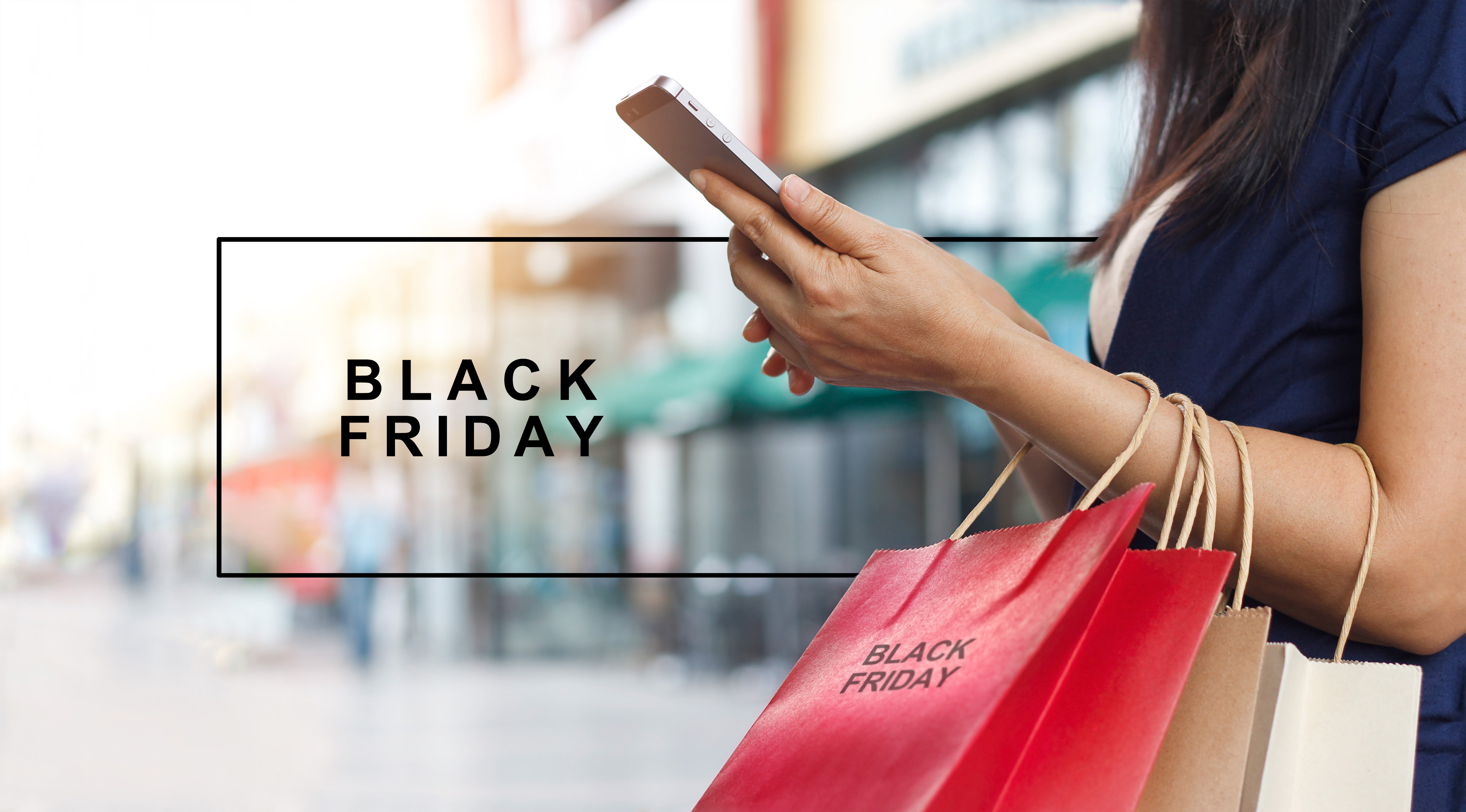How to retain customers after Black Friday
Brands and retailers have been planning for the logistics of Black Friday months in advance. Additionally, many consumers start looking for Black Friday discounts as early as October, which amplifies the need for businesses to plan a coherent retail strategy that capitalises on the retail holiday ahead of time.
We have already covered how businesses are preparing to attract customers to the Black Friday sales, but what should businesses do to keep customers coming back after Black Friday?
Some facts about Black Friday
Black Friday is fundamentally changing how consumers spend their money, with American consumers spending $6.2 billion during the period in 2018. Interestingly, a 2018 study found that 51% of shopping during this time will take place in-store. For comparison, ecommerce sales during this period grew by 16.7 per cent.
Nowadays most British retailers are on board with Black Friday and British consumers have generally responded positively to the retail holiday. A survey from PwC found that the average British shopper intends to spend £234 over the Black Friday and Cyber Monday weekend.
November 29 presents a wonderful opportunity for businesses to make a lot of revenue in a short space of time, but it also is a great chance for businesses to boost brand awareness and develop stronger, longer-term relationships with the customer.
Many customers will inevitably disappear after the sales, as most are only looking for immediate discounts. However, this period is still a critical time for brands to use content and data insights to retain customers.
Brands need to go beyond just Black Friday
Brands should not take it as a given that all customers will flock to their high-street or online stores on Black Friday. Customers might be disinterested in the event, but also there might be practical considerations for why they were not able to participate in the sales, for example, they might not be able to shop at a brick and mortar store due to work commitments, illness, etc.
To ensure that the promotions are fully capitalised on, successful brands should extend the promotion period to maximise sales. Many brands already do this by offering Cyber Monday discounts which is proven to be a successful source of revenue. In 2018 US shoppers spent USD 7.9 billion during Cyber Monday in comparison to USD 6.2 billion for Black Friday.
Cyber Monday is a massive opportunity for brands to continue the momentum established during Black Friday and retain more customers with further discounts.
Using content to attract and retain customers
Keeping content appealing throughout the year, regardless of whichever retail holiday it is, is a great way to boost engagement from customers.
Whether it’s via bespoke newsletters, social media messaging or SEO, retailers need to prioritise investing in smarter strategies that attract shoppers by boosting their organic performance following regional SEO requirements.
To start, brands should assess the technical aspects of their sites, such as current load times, broken or redirected URLs, and duplicated content, and also identify relevant keywords for the period. Retailers should assess the competition around particular keywords and try to find a keyword with low to moderate competition to have the best chances of ranking higher.
Moreover, brands which have previously participated in Black Friday should not delete old URLs but instead should recycle old URLs to allow it to build more link authority and become evergreen content.
During this period, websites will be receiving a high amount of traffic, which means this time is great for brands to push out engaging content that is likely to resonate with customers.
In the period leading up to and during Black Friday, brands should focus on developing a content calendar that encompasses the content and assets that need to be shared. Brands should think about how they can build creative copy for emails, ads, blog posts and across other content channels to attract attention. PPC advertising campaigns that capitalise on distinct keywords should also be employed to drive website traffic.
Additionally, during this time brands could explore messaging that goes beyond sales and discounts — such as messaging that concerns lifestyle or corporate social responsibility.
According to a recent Cone Communications survey, 76 per cent of millennials will actively research a brand’s stance on a social or environmental issue. Because of the increase in traffic and visibility of the brand during the period, this is a great time for brands to share content that directly appeals to the conscience of the consumer. If done correctly, this could potentially build long-lasting relationships with socially-minded consumers.
Once customers have engaged with the brand and had a positive experience, they are more likely to return to the site on other occasions. While the ultimate goal of the content plan is to drive site traffic throughout this period, creating engaging content and building a better onsite experience is more pleasant for the customers and is essential to retaining them.
Using data insights to retain customers
For retailers, this promotional period is valuable for mining data insights. Firstly, to prepare for Black Friday brands must establish a strong data testing process that can track complex streams of data throughout the promotions.
Admittedly, this is a technically complex process and ought to have been implemented months in advance. To make this work, this also requires a lot of collaboration within various teams to generate relevant insights about consumer trends.
For example, members of the paid search, SEO, tech teams and others need to work together to identify the right attribution model to calculate how many channels impacted the customer journey to buying the product. After a business has worked out the dynamic attribution, the business can identify which promotional activities across channels were most effective.
Businesses should look for insights into current trends about their audiences, such as age ranges, gender and other demographic data. Using these data insights correctly will allow the business to better consider how to engage customers with their brand.
This data not only identifies the best channels to reach specific shoppers, but data insights on individual shoppers can be personalised to offer more bespoke product recommendations to them in the future. For example, if a customer purchases a Playstation during the Black Friday sales, the retailer can periodically offer them discounts on newly released video games tailored to a specific customer profile comprised of insights into which products the customer is more likely to respond well towards.
Localising your Black Friday content
As mentioned before, Black Friday has become a global phenomenon and localising content presents a massive opportunity for businesses to take advantage of the increase in traffic to their web pages.
Taking an international approach to SEO and search engine rankings is the best strategy for making the most out of the Black Friday period.
Most language service providers do not focus on how to improve search engine rankings and a site’s SEO, but instead, solely concentrate their efforts on simple translation. Direct and simple translation often excludes valuable keywords that people use when searching online and does not take into account local market nuances and the regulation of local advertising platforms.
At Locaria, we bring together website localisation while considering the specific commercial and SEO requirements of your target market.
We don’t simply translate your content, we localise your customer journey. We apply this approach to multilingual PPC, SEO, Display, Social Media as well as on and off-site content localisation. This has the added benefit of not only producing content that with attract and retain customers, but also we help produce content and lead optimisation that will drive relevant traffic, boost conversions and improve search engine ranking.
Feel free to download our case study and discover how one of our clients increased their traffic by 91%, and increased their client base by as much as 110% over 2 months from one of our campaign strategies.



